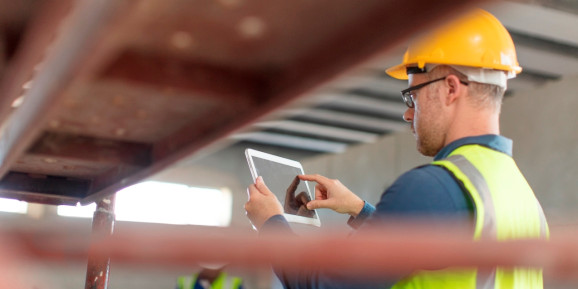 Thursday, April 18, 2024
Thursday, April 18, 2024  Thursday, April 18, 2024
Thursday, April 18, 2024 
In the two-plus months of global lockdown, much of the digital debate has focused on the pandemic’s long-term impact on the global workforce. Remote working has suddenly become the norm for millions of people, and companies like Twitter have already confirmed that employees will be able to continue working remotely indefinitely.
Whether this trend proliferates remains to be seen, but not all industries lend themselves to working from home. Among many other hands-on sectors, builders, electricians, and plumbers can’t very well ply their trades over Zoom. But digital technology could still play a pivotal part in getting the $11 trillion construction industry back on its feet.
The construction industry has never been renowned for efficiency — various reports indicate it is among the lowest-performing sectors in terms of productivity, due in part to the lack of digitization. This has led to a boom in investments aimed at bringing building sites into the digital era through robotics, AI, and other automated tools. Now the COVID-19 crisis could accelerate that shift.
OpenSpace uses artificial intelligence (AI) to automatically create navigable 360-degree photos of construction sites. The San Francisco-based company’s software works in tandem with a 360-degree camera, which builders and site managers can strap to their hard hats to document the evolution of a site. OpenSpace captures all the imagery and uploads it to the cloud before tapping computer vision and machine intelligence to organize the photos, stitch them together, and map them to project plans.
These visuals allow all stakeholders to monitor progress remotely through virtual site tours, and the digital record can also be used to resolve conflicts at a later date or help managers track multiple projects without being physically present. Ultimately, such technology can reduce the number of people who need to be on-site at a given time.
Keep reading on VentureBeat.com
Check out the video gallery here